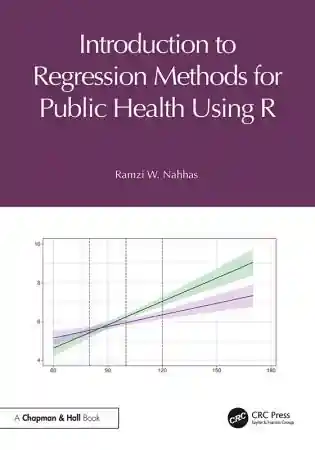
Principles of Neural Coding
- Length: 663 pages
- Edition: 1
- Language: English
- Publisher: CRC Press
- Publication Date: 2013-05-06
- ISBN-10: 1439853304
- ISBN-13: 9781439853306
- Sales Rank: #1999063 (See Top 100 Books)
Understanding how populations of neurons encode information is the challenge faced by researchers in the field of neural coding. Focusing on the many mysteries and marvels of the mind has prompted a prominent team of experts in the field to put their heads together and fire up a book on the subject. Simply titled Principles of Neural Coding, this book covers the complexities of this discipline. It centers on some of the major developments in this area and presents a complete assessment of how neurons in the brain encode information. The book collaborators contribute various chapters that describe results in different systems (visual, auditory, somatosensory perception, etc.) and different species (monkeys, rats, humans, etc). Concentrating on the recording and analysis of the firing of single and multiple neurons, and the analysis and recording of other integrative measures of network activity and network states—such as local field potentials or current source densities—is the basis of the introductory chapters.
- Provides a comprehensive and interdisciplinary approach
- Describes topics of interest to a wide range of researchers
The book then moves forward with the description of the principles of neural coding for different functions and in different species and concludes with theoretical and modeling works describing how information processing functions are implemented. The text not only contains the most important experimental findings, but gives an overview of the main methodological aspects for studying neural coding. In addition, the book describes alternative approaches based on simulations with neural networks and in silico modeling in this highly interdisciplinary topic. It can serve as an important reference to students and professionals.
Table of Contents
Chapter 1 – Physiological Foundations of Neural Signals
Chapter 2 – Biophysics of Extracellular Spikes
Chapter 3 – Local Field Potentials: Biophysical Origin and Analysis
Chapter 4 – Spike Sorting
Chapter 5 – Spike-Train Analysis
Chapter 6 – Synchronization Measures
Chapter 7 – Role of Correlations in Population Coding
Chapter 8 – Decoding and Information Theory in Neuroscience
Chapter 9 – Neural Coding of Visual Objects
Chapter 10 – Coding in the Auditory System
Chapter 11 – Coding in the Whisker Sensory System
Chapter 12 – Neural Coding in the Olfactory System
Chapter 13 – Coding across Sensory Modalities: Integrating the Dynamic Face with the Voice
Chapter 14 – Population Coding by Place Cells and Grid Cells
Chapter 15 – Coding of Movement Intentions
Chapter 16 – Neural Coding of Short-Term Memory
Chapter 17 – Role of Temporal Spike Patterns in Neural Codes
Chapter 18 – Adaptation and Sensory Coding
Chapter 19 – Sparse and Explicit Neural Coding
Chapter 20 – Information Coding by Cortical Populations
Chapter 21 – Information Content of Local Field Potentials: Experiments and Models
Chapter 22 – Principles of Neural Coding from EEG Signals
Chapter 23 – Gamma-Band Synchronization and Information Transmission
Chapter 24 – Decoding Information from fMRI Signals
Chapter 25 – Dynamics of Neural Networks
Chapter 26 – Learning and Coding in Neural Networks
Chapter 27 – Ising Models for Inferring Network Structure from Spike Data
Chapter 28 – Vocal Learning with Inverse Models
Chapter 29 – Computational Models of Visual Object Recognition
Chapter 30 – Coding in Neuromorphic VLSI Networks
Chapter 31 – Open-Source Software for Studying Neural Codes







